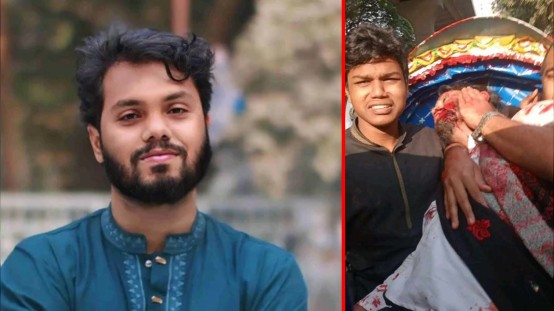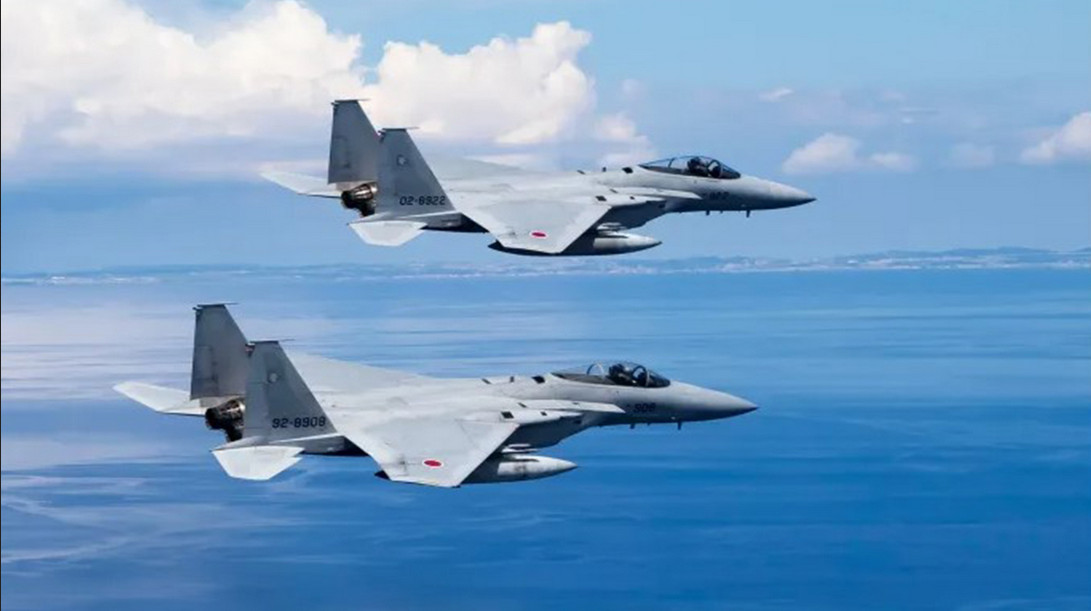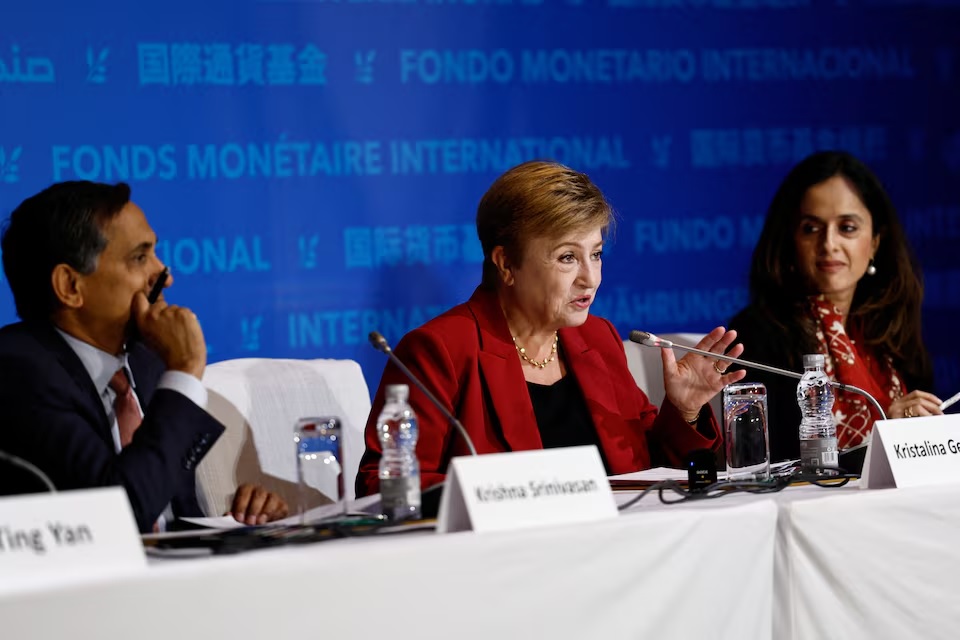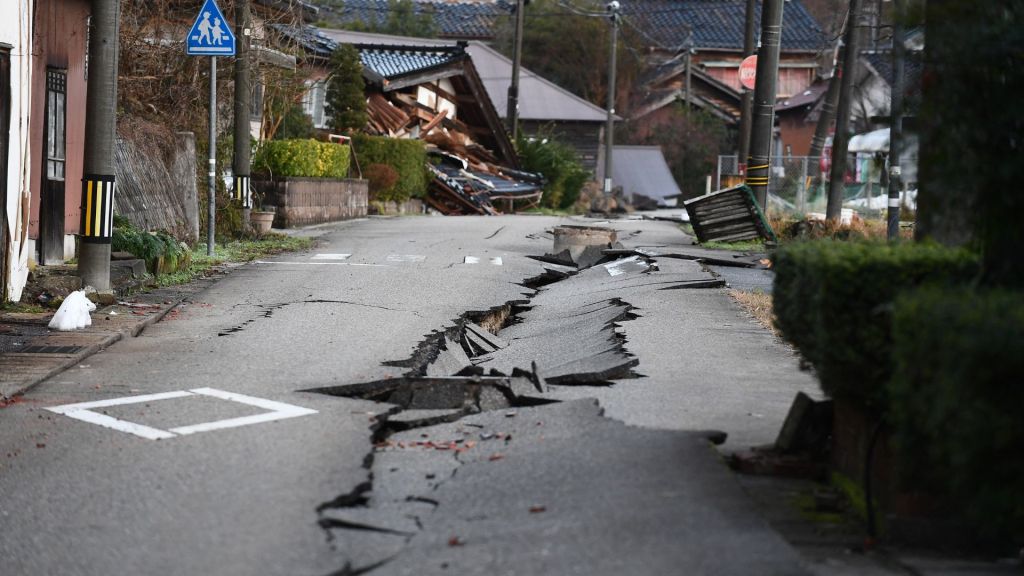Gaza Death Toll Rises as Diplomats Push for Ceasefire and Hostage Deal

Casualties and strained medical capacity
Health officials in Gaza reported at least 59 people killed in fresh strikes and gunfire, underscoring the heavy toll as the war drags on. Hospitals warned of critical shortages of fuel and supplies, with power cuts disrupting surgeries, neonatal care, and dialysis. Aid groups described growing malnutrition risks alongside trauma injuries, saying relief operations cannot scale without predictable corridors and fuel for generators and water systems. Israel’s military maintained that operations are aimed at militant targets and denied certain reports of gunfire fatalities in the south. The conflicting claims highlight a fog of war that complicates verification and accountability. Displacement climbed as families moved repeatedly to escape bombardment, often toward already crowded shelters. With sanitation deteriorating, public health specialists flagged disease risks in temporary camps when clean water is scarce and waste collection falters. Residents said they faced stark choices between queuing for food and seeking medical attention, as local charities attempted to fill gaps in official distributions.
Negotiation tracks and pressure points
Regional mediators sought to revive a package tying a pause in fighting to phased prisoner and hostage releases, with sequencing and verification as the core sticking points. The effort hinges on whether both sides accept guarantees they can present as security gains at home. The United States and European partners increased diplomatic engagement, while neighboring states pushed for sustained aid convoys and deconfliction mechanisms near hospitals and crossings. Observers note that battlefield dynamics and domestic politics on each side could still derail progress even if principals outline a framework. Humanitarian planners urged contingency stockpiles ahead of cooler months, when sheltering needs and illness risks rise. Analysts added that any ceasefire window must be long enough to repair utilities, clear rubble from key arteries, and re-establish cold chains for medicines. Without firm enforcement and access assurances, agencies warn that the situation will continue to whipsaw between short lulls and renewed escalations, eroding public trust and risking further loss of life.






















